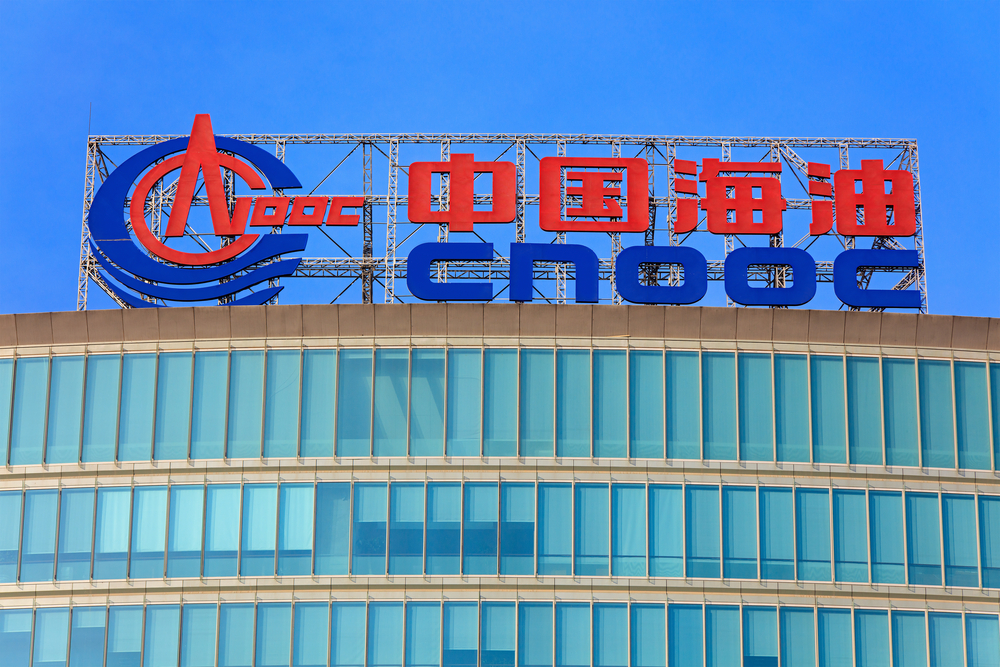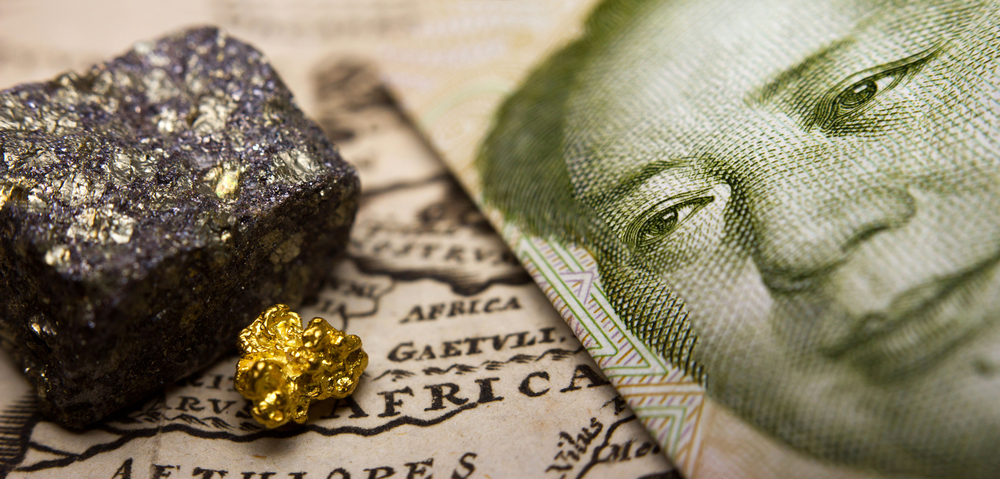
China National Offshore Oil Corporation (CNOOC Group) headquarters in Beijing, China
1978
Deng Xiaopeng announces China's new "open door" policy.
1979-1985
The State Council selects several SOEs to open themselves up to foreign investment, and encourages Chinese companies to invest abroad. SOEs remain the driving force behind China's economy.
1985
The Chinese central government begins to devalue the yuan to improve SOE export competitiveness. Foreign ownership or investment in SOEs is not permitted.
The Mulroney government instates the Investment Canada Act (ICA), which restricts "significant" instances of foreign investment in Canada. The Act was somewhat controversial: some critics suggest that the act signaled risk to foreign investors, which makes Canada less attractive as an investment destination. However, other critics have suggested the act is too vague and lenient, and has not adequately restricted SOE investment in Canada.
1988
Private enterprise is officially and legally recognized in China as a supplement to SOEs.
1990
Almanac of China's Foreign Economic Relation and Trade begins to track Chinese outward investment. Approximately 70% of China's investment from 1990-2000 is directed into developing economies, largely in Asia.
Shanghai Stock Exchange reopens for the first time since 1949.
1997
In reaction to the Asian Financial Crisis, MOFCOM tightens the investment approval procedure, and expands the screening process for outward-bound investment.
1999
China begins WTO accession adjustments.
2000
China initiates a 'go global' investment strategy to encourage Chinese firms to actively invest abroad. This policy is unusual in that most governments have favoured policies that attract foreign investment, rather than encouraging outward investment. At this time, Chinese outward investment stock is only 2.2% of China's inward investment.
The target countries for Chinese foreign investment shifts considerably: by 2000, only 22% of China's investment is injected into developing economies, rather than developed economies.
2001
China accedes to the WTO.
2002
China becomes the world's largest recipient of foreign direct investment, overtaking the United States. The United States reclaimed this title in 2004; however China surpassed the United States again in 2014.
2004
In one of China's first significant investments in Africa, a series of road investments are exchanged for access to Angola's oil resources.

2005
China's outward investment Latin America exceeds China's investment in Asia for the first time. After 2006, Latin America's relative share of China's foreign investment decreases significantly to around 13%.
2006
CNOOC buys a 45% stake in Nigeria's offshore oil and gas fields for US$2.28 billion.
2008
The central government announces a US$587 billion (4 trillion yuan) stimulus package to stabilize China's economy during the 2008 Global Recession. The package was intended to expand outward-bound investment.
2009
On March 12, the Harper government enacts new review thresholds to CA$600 million, which comes into force on June 1 of the same year. However, the revised thresholds explicitly excluded SOE acquisitions. This exclusion was changed in 2015.
2010
China becomes Africa's largest trading partner.
2012
In a controversial takeover of a Canadian firm, CNOOC purchases Nexen Inc. for almost C$20 billion (including debt assumption). The Canadian government approves the takeover in December, 2012, and the deal closes in early 2013. The acquisition grants CNOOC access to Nexen's Long Lake oil sands project in Alberta.
On December 7, Canadian Prime Minister Harper proposes changes to Canada's policy for reviewing SOE investments by lowering its tolerance of SOEs acquiring control or material influence over leaders in any sector of Canada's economy. Likewise, any approved acquisition must be proved to provide a net benefit to Canadians at large. The proposed changes were included in the 2013 budget bill, the Economic Action Plan on April 29.
2013
President Xi announces the Belt and Road initiative (formerly known as the One Belt, One Road initiative) which seeks to connect the Silk Road and Maritime Belt through infrastructure and energy development projects. Estimates suggest that the central government will spend US$150 billion each year on infrastructure projects related to the Belt and Road initiative. US$900 billion has been spent on Belt and Road projects so far.
The ICA is amended to allow the office of the Prime Minister definitional control over whether a corporation is considered an SOE, or whether the corporation is operating under the influence of a foreign government.
2014
China becomes a net exporter of FDI for the first time. The top locations for Chinese foreign investment include the United States, Germany, the United Kingdom, France, Japan, Switzerland, Australia, and Canada. Much of this investment is routed through common tax havens, such as Hong Kong, the British Virgin Islands, and the Cayman Islands. Chinese foreign investment is focused in the energy, real estate, and transportation sectors, respectively.

Asian Infrastructure Investment Bank (AIIB) headquarters in Beijing, China.
Along with Russia, India, Brazil, and South Africa, China launches the New Development Bank in July of 2014 as an alternative to the World Bank as part of China's 'South-South' cooperation initiative. China also launches the Asian Infrastructure Investment Bank in October 2014 to address a perceived gap in global infrastructure investment, particularly in the Global South.
2015
On March 25, the Canadian government publishes amendments to the National Security Review of Investments Regulations. The amendments raise the foreign investment review threshold and change the valuation methodology of the act.
2016
China FDI abroad has its greatest annual rate of growth of approximately 30% to a record US$188.8 billion.
2017
Germany announces that it will place restrictions on foreign takeovers of high tech companies, and allow the government more latitude to block foreign acquisitions greater than 25% of stake. This policy was aimed at Chinese takeovers in particular.
The Central Chinese government introduces restrictions on outward FDI in the real estate and entertainment sectors, and prohibits outward investment in gambling and sex industries in an attempt to curb massive capital flight and stabilize a depreciating yuan.